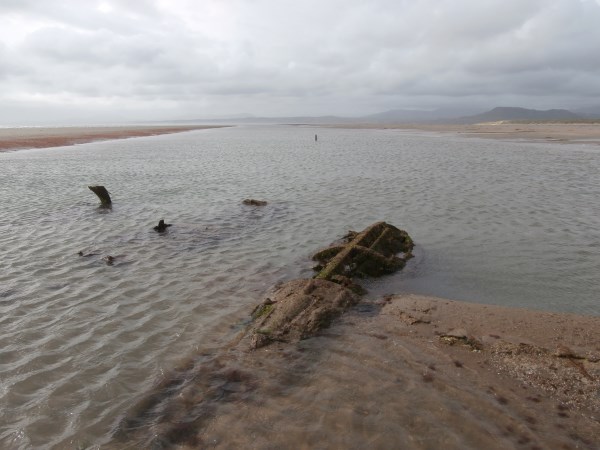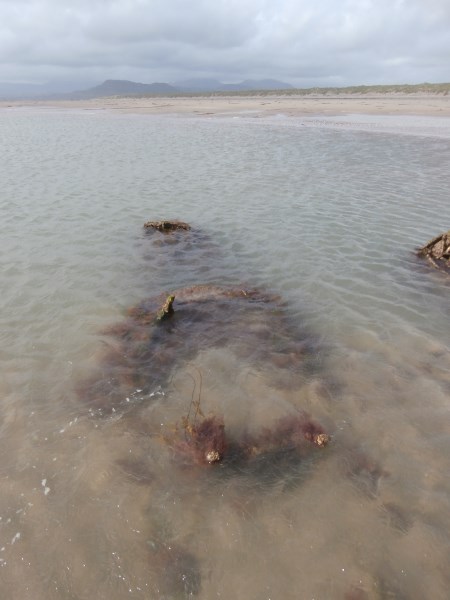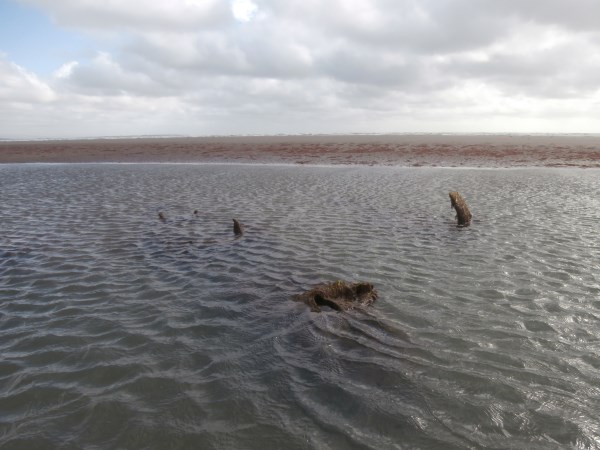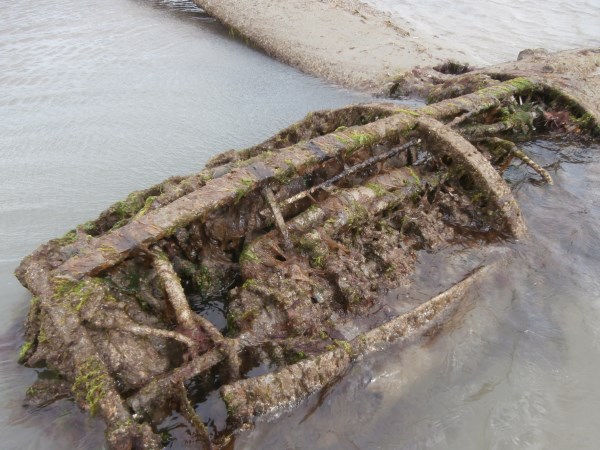Lockheed P-38F 41-7677 of the 49th Fighter Squadron, 14th Fighter Group USAAF ditched into the Irish Sea off Harlech on the 27th September 1942
| Robert Frederick Elliott | 2nd Lieutenant | Pilot | Survived |
The pilot, and aircraft, was among nine pilots who had flown into RAF Llanbedr on the 26th September from Atcham for gunnery practice, swapping places with eight other 14th FG P-38s which had been at Llanbedr for the previous two days. On the 26th a pair were scrambled to investigate a possible enemy aircraft over the Irish sea but returned without sighting any other aircraft, they then commenced the program of training.
During the early afternoon of the 27th 2nd Lt Elliot took off for a gunnery flight with another P-38, they proceeded to the air-air firing area off the coast at 6,000ft. The exercise proceeded normally for 55 minutes, with Elliott towing the target banner, before the port engine of 41-7677 lost power. After trimming the aircraft for single engine flight he turned back towards Llanbedr, he passed over the airfield and dropped the target banner but before he could land, while two miles from the airfield and at 800ft, the starboard engine failed and so he opted to carry out a crash landing on Harlech beach, he undershot slightly and ended up ditching in the surf just off the beach. The engines had failed due to the fuel selector being left on Reserve after take off instead of being switched to Main and the fuel supply in the reserve tanks being exhausted.
On the 5th December 1942 while still with the 14th FG in North Africa Robert F. Elliot was killed when his aircraft was shot down by a Luftwaffe Me109, his aircraft was not located and so he is commemorated on the Tablets of the Missing at the North Africa American Cemetery in Carthage, Tunisia.
During their brief time in the UK the 14th FG suffered a number of losses, with a number of their ground crew being killed in Wales when the C-47 they were onboard flew into Moel y Gaer near Llangollan on the 23rd August 1942 and a P-38, 41-7669 crashed near Burnley at the beginning of September with the loss of its pilot.









